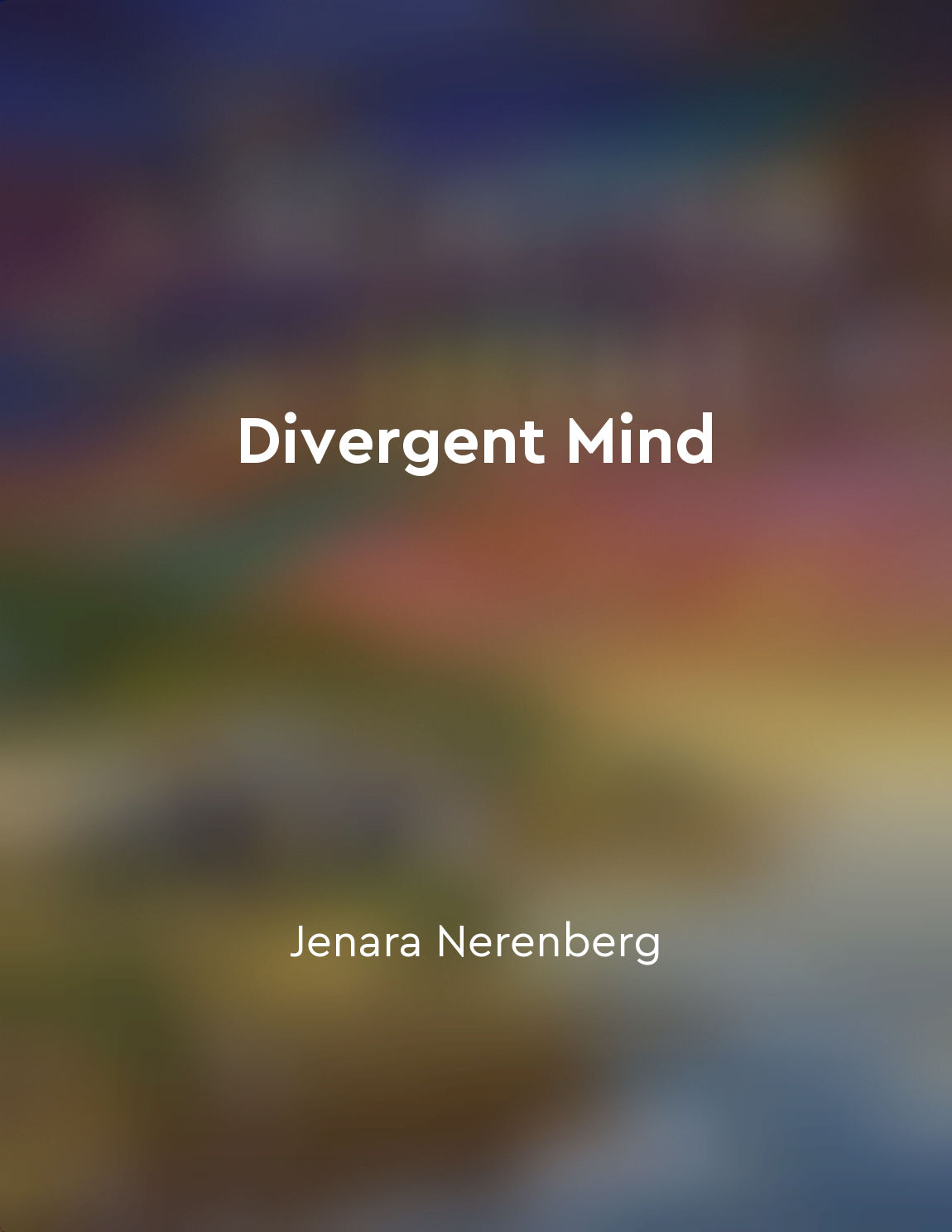Create spaces that accommodate different learning styles and sensory needs from "summary" of Divergent Mind by Jenara Nerenberg
To truly support neurodiversity in our schools, workplaces, and communities, it is crucial to consider the wide range of learning styles and sensory needs that individuals may have. This means moving beyond one-size-fits-all approaches and instead, creating spaces that can accommodate these diverse ways of processing information and experiencing the world. For many neurodivergent individuals, traditional learning environments can be overwhelming due to factors such as bright lights, loud noises, or crowded spaces. By designing spaces that take into account these sensitivities, we can help create a more inclusive and supportive environment for everyone. This may involve providing quiet areas for those who are sensitive to noise, using softer lighting to reduce sensory overload, or allowing for flexible seating arrangements to accommodate different comfort levels. In addition to sensory considerations, it is important to recognize that people learn in different ways. Some may prefer visual aids, while others may excel with hands-on activities or verbal instruction. By offering a variety of tools and resources, we can cater to these diverse learning styles and ensure that everyone has the opportunity to succeed. This could mean incorporating visual charts or diagrams, providing hands-on learning materials, or offering alternative ways to demonstrate knowledge beyond traditional tests and essays.- The goal is to create an environment where all individuals, regardless of their neurodivergent profile, feel supported and valued. By understanding and accommodating different learning styles and sensory needs, we can foster a sense of belonging and enable everyone to reach their full potential. It is through these small yet significant changes that we can truly embrace neurodiversity and create a more inclusive society.


